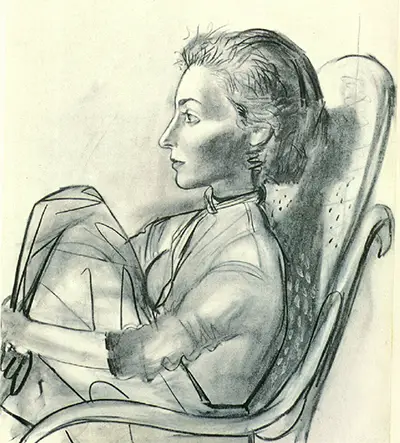His drawings expand from the exercises of his younger days, which are more precocious, to his later renewal of classicism. Apart from being known as an exceptional painter, the father of Cubist style, was among the best draughtsmen in the 1900s. More than seventy of his works were done on paper. Picasso had an interest in art and technical style of the Old Masters, which he often explored through drawing.
The early responses to Picasso’s techniques, sources and style in his drawings was critical. These served as an essential form of invention for him as an artist. To Pablo Picasso, his sketches were a way of engaging with masters who contributed in many ways to the unique creation and accompanying development of his own art style. Throughout his life, Pablo Picasso was a prolific artist. He created a wide array of detailed hand drawings. These dealt with a number of topics. His favourite included humans, animals, and interesting creatures that were mythological in origin, because these gave him greater freedom to explore form.
Pablo Picasso's Untitled 1954 shows a woman seated in a contemplative pose. This figure is elegant as she looks both inward and outward. Her body is posed in such a way that her energy is focused, drawing the viewer in to her thoughts. For many fans of this piece, that thoughtful position is one that they can relate to at different periods. The figure appears content, even as she is caught in a time of reflection. Pablo Picasso used very little abstraction in Untitled 1954 but he had a technique for applying abstraction to his drawings. This was developed since his days at university. The artist carefully removed his subjects features until just a few lines captured their outlines.
Pablo Picasso's single line drawing technique depicted the essence of subjects. His pencil sketches represented his essential skills. He reinvented and reworked similar objects often. These were like academic exercises which carried a unique energy.

